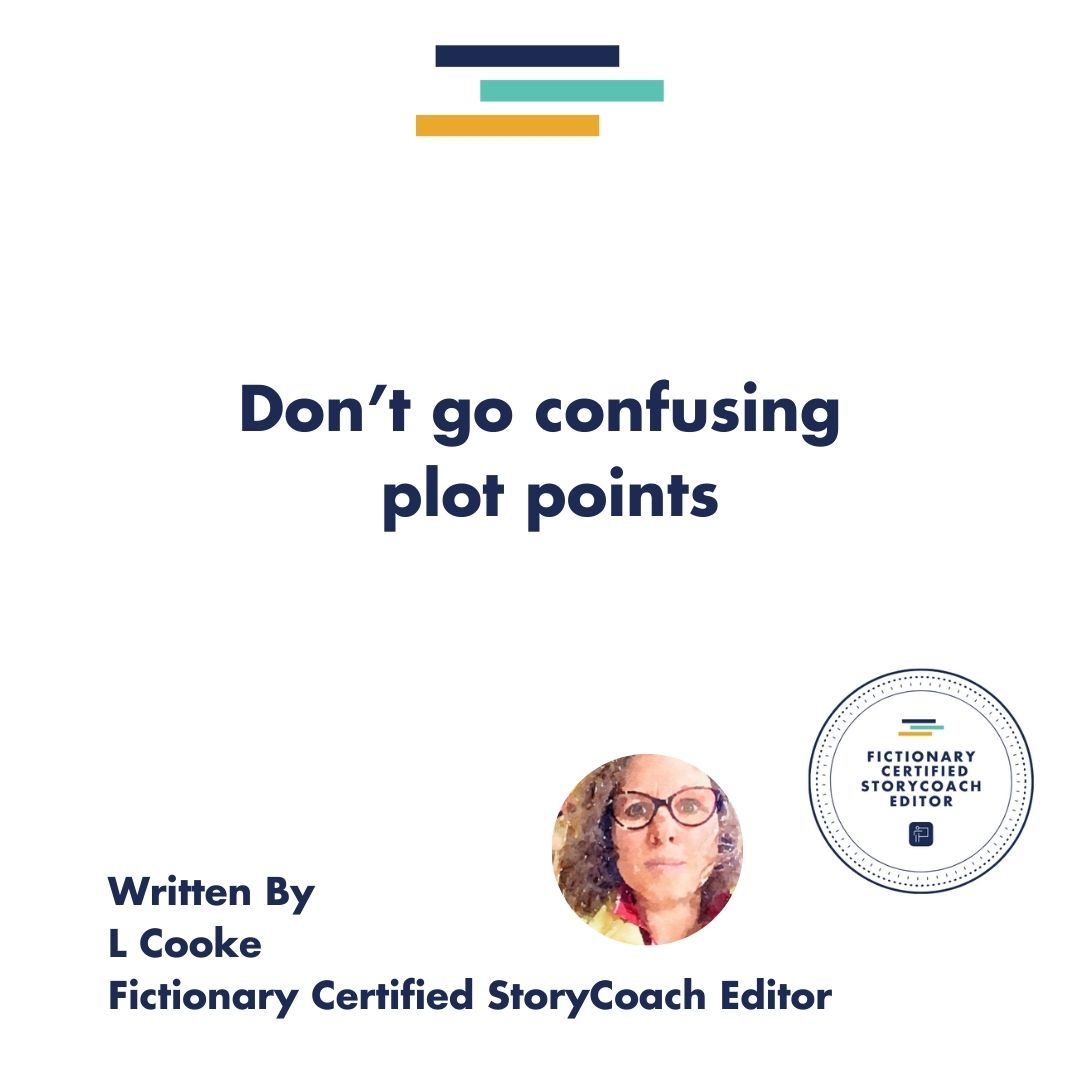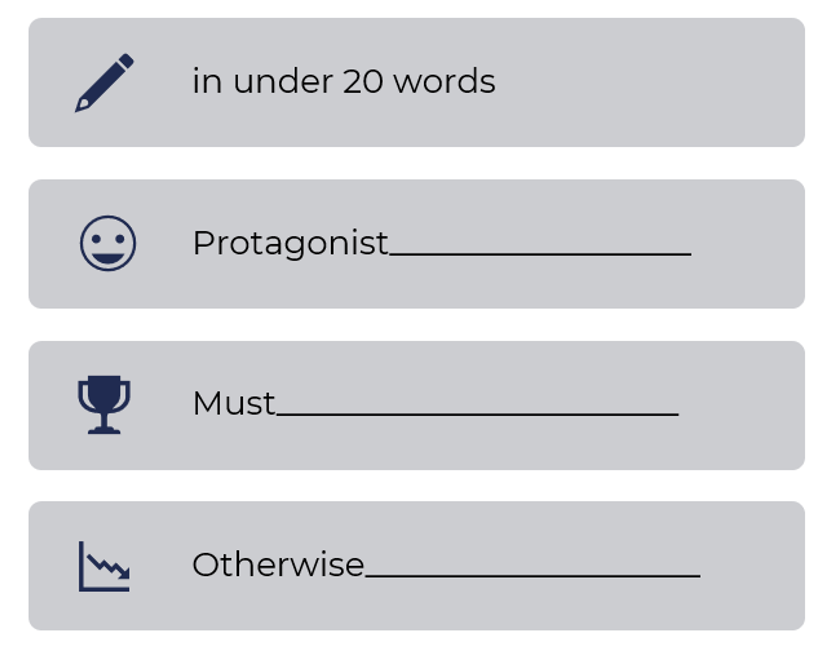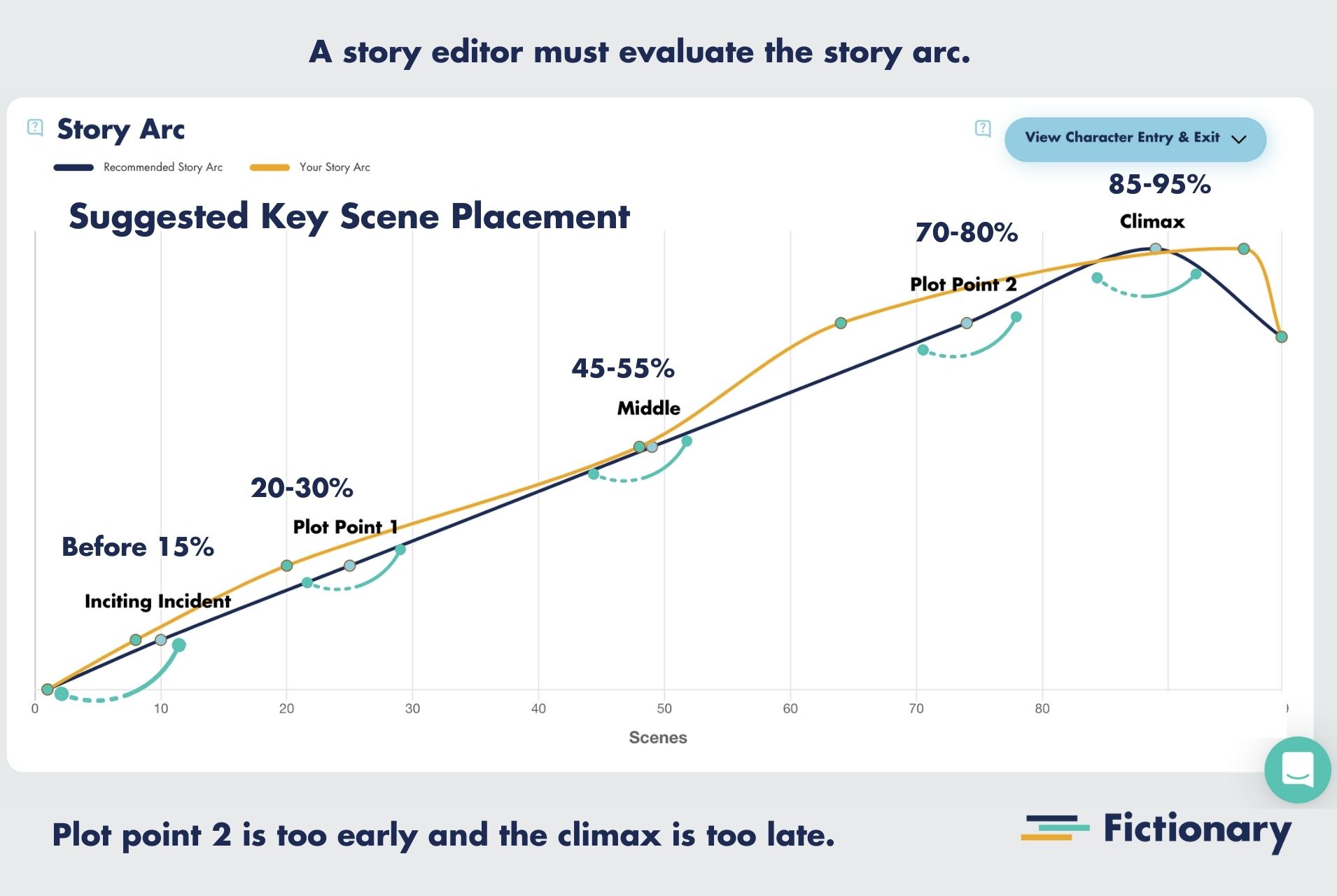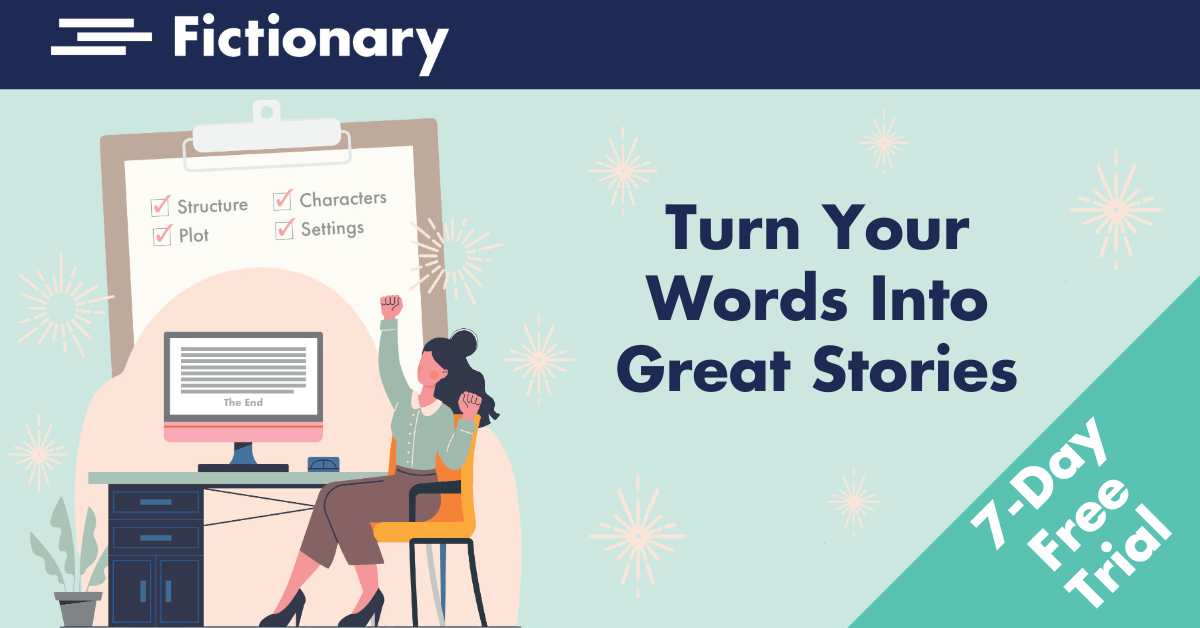
Plot Points tell you if you have a story.
Please read this blog if the story in your head is not what’s written in your draft. Or you have shown your story to someone you trust, and they said that the story confused them. Take heart, all you need to know are some key craft points and then your story will detangle in no time flat.
What’s wrong with my plot?
You might have nothing wrong with your plot. You might just have some Plot Point scenes in the wrong place or without the right content. Or these scenes might not be answering what they need to be answering. That’s what editing is all about. Taking the work and making sure that the story is robust.
A robust story is one that has all the right story glue that sticks the scenes together, so the reader sticks with the story. A weak plot can unglue a reader. And we need to look at what makes a strong robust story.
Fictionary Skeleton Blurb and the Fictionary Story Arc
We are going to look at using two of the best tools to help sort out a confusing story. First we are going to look at getting your story boiled down to under 20 words. And then with that, we are going to look at how your 5 Fictionary Plot Points should be distanced from each other and what content these scenes should include.
Stories are about three things, a protagonist who has a goal, and the issues that will happen if the protagonist fails in their goal, the stakes.
And the story is the relationship the protagonist has with the story goal and the stakes. Yes, stories are about so much more, but making your story edit easy is the important point of this blog. Editing is fun when you know what to look out for. And Fictionary has all the pointers.
The Fictionary Skeleton Blurb
 So how do you take a story of 80,000 words or more and boil it down to under 20 words?
So how do you take a story of 80,000 words or more and boil it down to under 20 words?
We write a Fictionary Skeleton Blurb! A skeleton blurb is just about writing your protagonist, what they must do by the end of the story, and what’s at stake if they don’t achieve the story goal.
It is a very simple Fictionary Skeleton Blurb, and writing it out helps focus the editing mind.
Once you see your story in its simplest form you can then find the through-line through every scene in your story.
You will be confident in your edits that you will make the scenes stronger by filling them with what is needed.
The Fictionary Story Arc and 5 Key Plot Points
We talked about the story being about the protagonist’s relationship with the story goal and the stakes.
And there are 5 scenes that all strong stories should have. They are:
- The Inciting Incident
- Plot Point 1
- The Middle Plot Point
- Plot Point 2
- The Climax
In the following great Fictionary Video, Kristina Stanley, the CEO of Fictionary, explains how to find these in scenes in all stories.
And she explains how these scenes are traditionally a set distance from each other in proportion to the length of the story.
What do these scenes need?
Now you know where these scenes need to be placed in your story. Now we need to look at what these scenes must have in their intrinsic make up.
The protagonist must have a story goal, and the protagonist finds this out at the beginning of the story in the Inciting Incident scene. Then Act 1 shows the reader what’s at stake if the protagonist does not try to achieve the story goal. And at the Plot Point 1 scene at the end of Act 1, the protagonist accepts the story goal.
In Act 2, in the first half the protagonist tries to understand the new world without a change of mindset. There is a moment in the middle of the story when the protagonist goes from reactive to proactive towards their story goal. Then at the end of Plot Point 2, the end of Act 2, the protagonist realises they must change to achieve their goal. Act 3 is all about this change, and then at the climax, the story goal is answered.

Now over to you
When you are editing your story, you need to find the Fictionary plot points. All 5 of them. And label these scenes. If you are using Fictionary, then it will use Natural Language processing to see where, according to your writing, these scenes are.
You might disagree, so you might need to look at whether you overwrote a lesser scene, or underwrote your Plot Point scene. These are good things to find out, as once you know them, you can go on to fix the issue.
Once you have your scenes pinpointed. And see if the scenes answer their role in the story? Are they pulling their weight?
Inciting Incident
Have you found your scene where the story goal is shown? Does the reader understand what’s at stake and why the protagonist must achieve their goal?
Plot Point 1
Have you found the scene where the protagonist accepts their story goal? This is the end of Act 1, and there should be a hint of a death at the end of every Act, be it the metaphorical death of a relationship or a real death.
Middle Plot Point
Have you found the scene where the protagonist turns from reactive to proactive?
Plot Point 2
Have you found the scene where the protagonist fails the most, the darkest point in the story? Where the protagonist realises that their old way of thinking needs to change. This is also a death of Act 2, and that is shown by their acknowledgement of the death of their old way of thinking.
Climax
This is the scene where the protagonist answers the story goal. A positive is a happy ever after story. A negative is a tragedy. And sometimes the answer can be more realistic, where there is a cost to the protagonist, and there are some wins, and some losses.
Story Arc Fix
Now you have all your scenes, you need to look at the distance they are from one another. In the Fictionary software, you can see this easily. The spacing of these is relative to the length of your book, and they are in ranges.

When Fictionary plots your story arc, are the 5 Fictionary Story Arc Plot Point scenes in the right place?
The story is straightened out
Just by looking at your 5 Fictionary Plot Points you can sort out a confusing story. If you have the content of these scenes in there, and the placement of these scenes in the correct position, your story will be crystal clear.
Fictionary, with its use of natural language processing and the ability to create story arcs at the press of a button, makes sorting out confusing plot points orderly.
Post Written by L Cooke
 As a Fictionary certified Editor, I will explore your Work-In-Progress, chapter-by-chapter, scene-by-scene, story-element-by-story-element. You will end up with a treasure map of sorts, full of actionable advice and a greater understanding of your Work-In-Progress.
As a Fictionary certified Editor, I will explore your Work-In-Progress, chapter-by-chapter, scene-by-scene, story-element-by-story-element. You will end up with a treasure map of sorts, full of actionable advice and a greater understanding of your Work-In-Progress.
Contact at: https://invermuse.co.uk/
![]()


